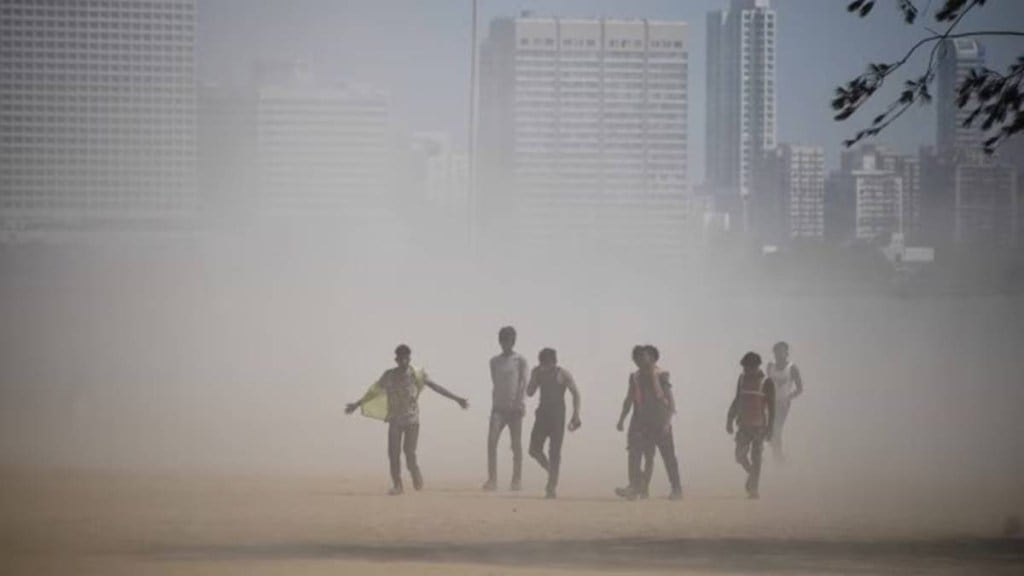In its latest weather bulletin, the Indian Meteorological Department (IMD) has said there will be no respite from heat waves but it is expected to lessen its effect after May 2nd, 2024. It has also extended red alerts for Odisha, Bihar, West Bengal, and Rayalaseema and has advised vulnerable people to take extreme care.
IMD issued red alert for these states:
Heatwave conditions persisted in various regions, particularly intense in isolated areas of Gangetic West Bengal, Odisha, and Bihar, with isolated pockets experiencing heat wave conditions in Sub-Himalayan West Bengal, Rayalaseema, Konkan, Interior Karnataka, and Kerala.
IMD’s Forecast and Warning:
A cyclonic circulation lies over northeast Assam, with a trough extending from north Bihar to Manipur in the lower tropospheric levels. As a result, widespread to fairly widespread light to moderate rainfall/snowfall is expected, accompanied by isolated thunderstorms, lightning, and gusty winds over Arunachal Pradesh, Assam, Meghalaya, Nagaland, Mizoram, Tripura and Manipur, over the next five days.
According to IMD, a Western disturbance is currently present as a cyclonic circulation over east Afghanistan and neighboring areas up to the middle tropospheric level. In contrast, another cyclonic circulation lies over northwest Rajasthan and nearby areas in the lower tropospheric levels. As a result of this weather condition, it will likely bring widespread light to moderate rainfall/snowfall, accompanied by thunderstorms and lightning at Uttarakhand, Jammu and Kashmir, Baltistan, Muzaffarabad, Gilgit, Ladakh, and Himachal Pradesh from April 29th to April 30th. There is also a probability of hailstorms to occur over Himachal Pradesh and Uttarakhand today.
Temperature Outlook:
Furthermore, there is expected to be an increase in maximum temperatures by about 1-2 °C over East India in the next two days, with no significant change later. Central India is likely to experience a gradual upsurge in maximum temperatures by about 2-4°C over the next 4-5 days, with no major change thereafter. However, there is no notable change likely to take place in maximum temperatures over the rest of the country.

